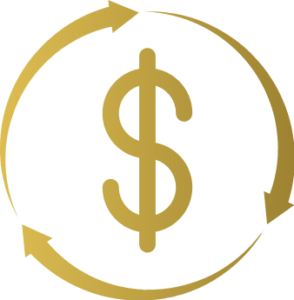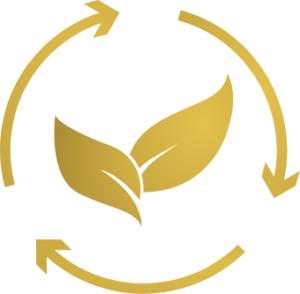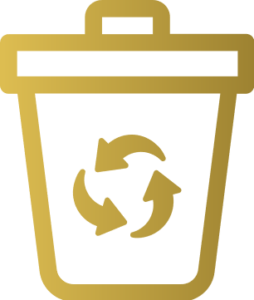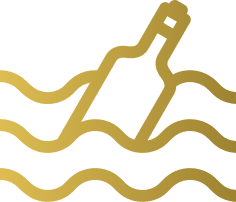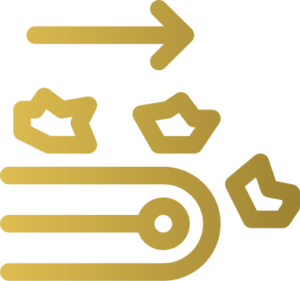Each bottle and raw material is sorted, cleaned, shredded, turned into yarn, then knitted or woven into fabric to ultimately become apparel, footwear, and accessories for brands around the world.
Our program sets up recycling ecosystems in the US and in countries that lack sufficient disposal infrastructure and have high rates of pollution and poverty. Our goal is to partner with locals to set up collection locations and employ citizens of those regions to manage these ecosystems. After being collected the plastic and waste is recycled and processed into new raw materials. By doing this we are creating a sustainable circular economy. Our goal is to give plastic and waste a new life.

